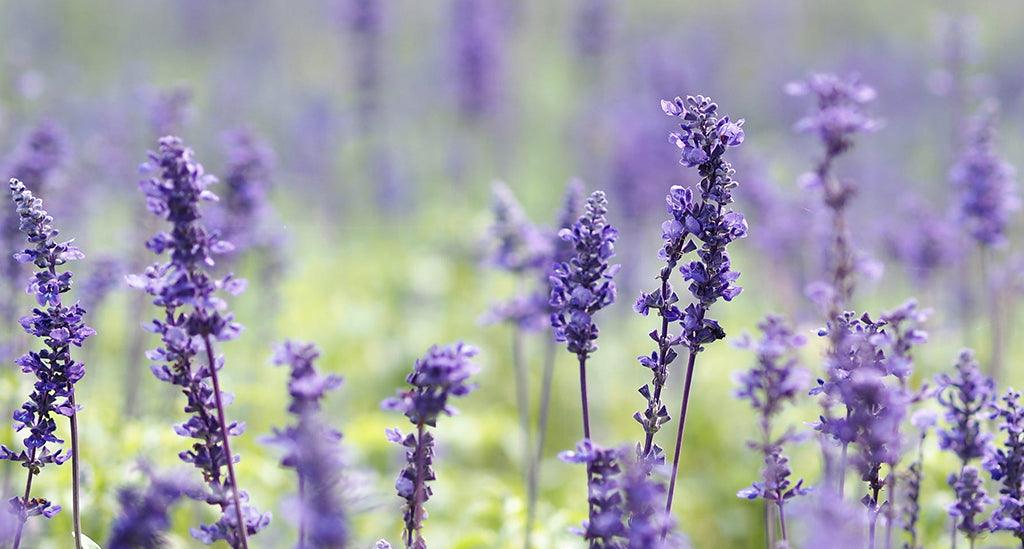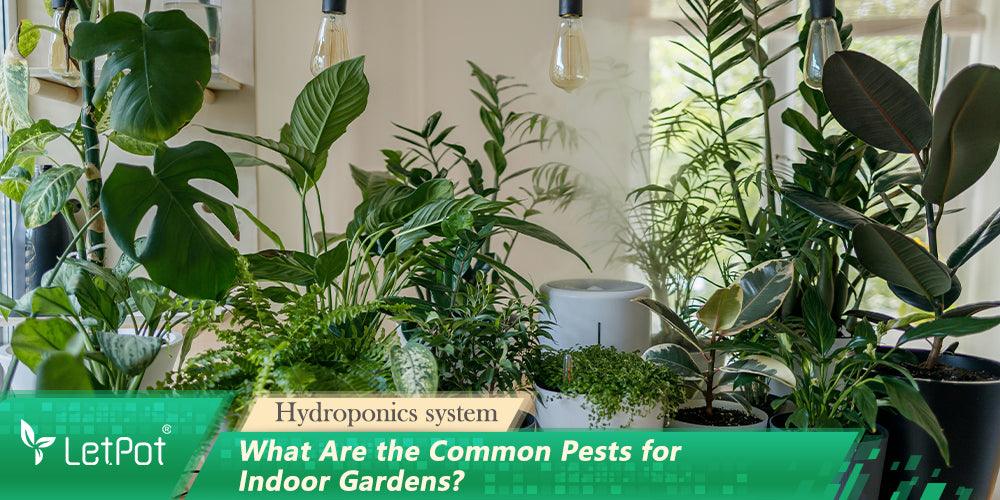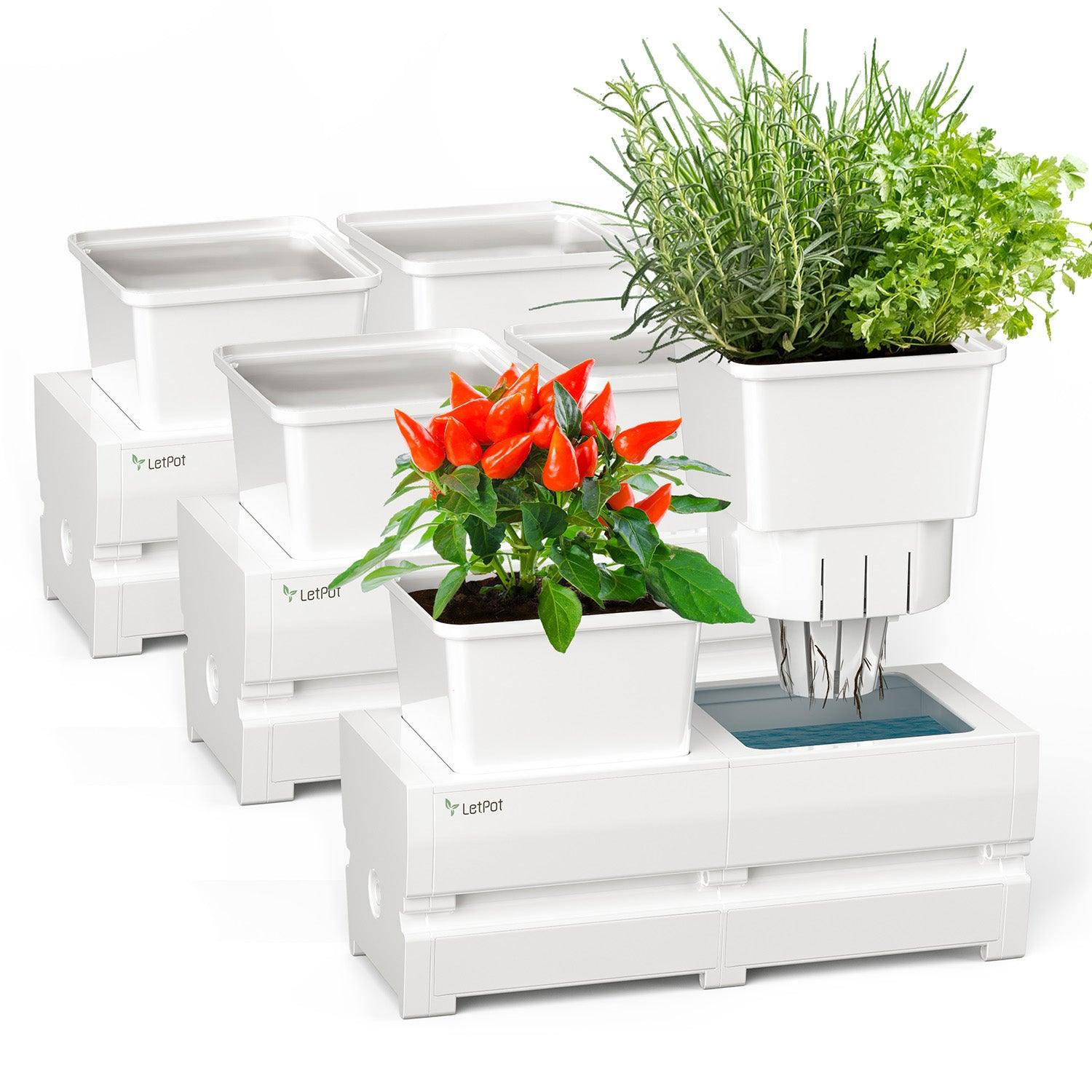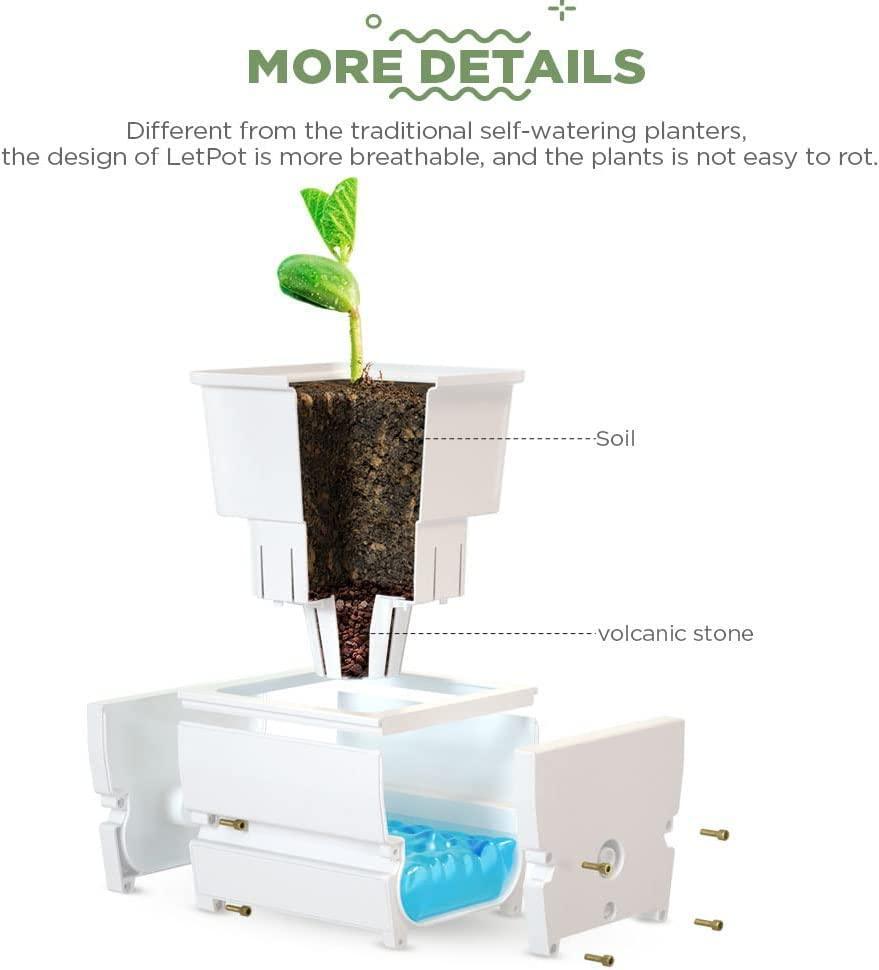
Have you ever smelled Jo Malone’s Wood sage & Sea salt? For me, the smell is always more memorable than the picture. What impresses me most about this perfume is not the oceanic smell induced by sea salt, nor the lingering taste of the woodsy base, but the sage brought out by the freshness of jasmine. Sage brings a definite yet green touch of freshness to woodsy type of scented products and makes a sensory natural transition. Passing through the green grass covered with jasmines, you are walking slowly towards the forest step by step. However, it is pity that the smell of sage can not change into sweet as natural sage after the green touch, and be stopped abruptly.
Therefore, LetPot tried to plant sages to leave its natural and original smell on the balcony. And next, LetPot will go for sharing sage’s knowledge and experience of planting.
Common sage, native to the Mediterranean region, has both value of edible and medicinal. As same as rosemary, both of them are always used as recipes in daily meals to add to contribute to flavor, or made into sauce. For the medicinal value, John Gerard’s Herball(1597)states the sage is good for the brain and memory, as well as preventing fever. So the local people in ancient used it to drink and wash hands.
Sage’s planting tips:
- Scientific name: Salvia officinalis L .
- Native: the Southof European, Mediterranean
- Therapeutic area:
Mouth and throat disorders
Skin disorders and minor wounds
Gastrointestinal disorders
- Flavour: Smell likesslight pepper
- PH of the soil: 5.6-7.8
- Character:
-Sun-like: Adequate sunlight will make plants thrive.
-Warm-like: The air temperate of growing is 68-77 Fahrenheit.
-Wet-like: You should pay attention to keep the soil wet, but not too much. Because this is a drought-tolerant plant.
-The loose and breath sandy soil which drains well is the best base for it to live.
- Bloom: Nearly 4 months from the time of transplanting.
- Container:7-8L height.
- Propagation: Cuttageor seed planting.
(1). Seed planting: you should proceed planting after spring frost, and pay attention to the air temperate, as well as the soil moisture.(tip:the seeds are almost covered by soil)
(2). Cuttage:
Step 1: Cut down 4-6 inch branches of the sage.
Step 2: Remove all the leaves at the bottom of the cut-branch(2 inch)
Step 3: Put the cut-branch into water, and then place it close to balcony to takes in the light energy, but not in direct sunlight.(tip: change water everyday and pay attention to the water line that should be lower than leaves.)
Step 5: When the branch takes root, you can transplant it to the pot or the garden outside where have adequate sunlight. If not, the plants will grow slowly and unable to bloom.
Step 6: Remove weeds from the surrounding area regularly to ensure the plenty of air.
‘Tip:Sage can not plant with every plants, because of its strong fragrance. And with the time goes by, sage will become woody. So cutting down the old and woody branches in spring is helpful for the growth of its new branches.’
Finally, if you are worry about the choice of plants to decorate your room, sage is the best. Not only causes to its multiple values in usage, but also the fragrance is helpful for sleeping. If you are interested in preserving sage and making sage scented candles, you can subscribe to LetPot’s channel if you haven’t yet, or contact me via Instagram/ Facebook @letpotgarden and let me know.





















Leave a comment
All comments are moderated before being published.
This site is protected by hCaptcha and the hCaptcha Privacy Policy and Terms of Service apply.